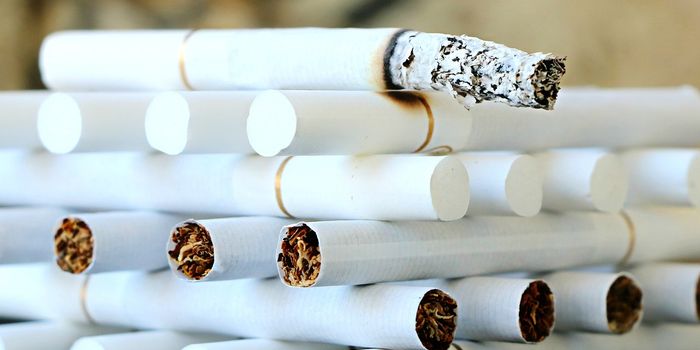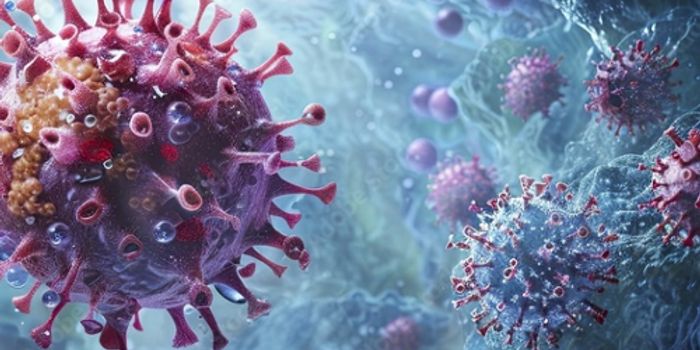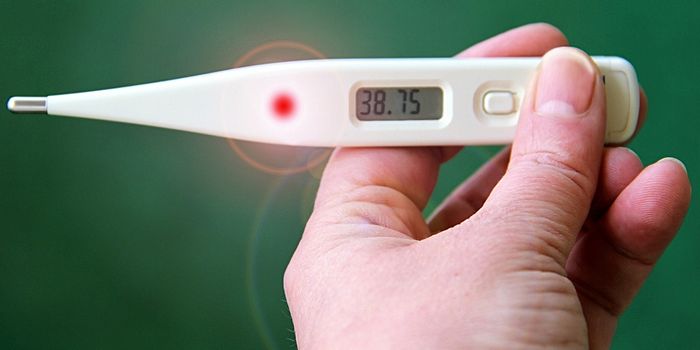Section of 'Junk DNA' Could Prevent Aging and Cancer
A unit of previously considered ‘junk DNA’ or so-called ‘dark matter' of the genome may have a protective role when it comes to cancer and aging. The study was published in PNAS by researchers from multiple institutions.
Telomeres are the caps at the end of DNA strands that protect chromosomes inside our cells. Each time cells duplicate their DNA before they divide, telomeres get a bit shorter. Once they’ve reached their minimum length, cells can no longer reproduce, causing them to age and eventually die off.
In some cells, however, such as reproductive cells and cancer cells, the activity of the telomerase gene ensures that telomeres are reset to the same length each time DNA is copied. This restarts the aging clock in new offspring and allows cancer cells to multiply until they form tumors.
Being able to manipulate the length of telomeres has the potential to affect the pace of aging, as well as the progression of cancer. Via a series of experiments, the researchers found that a section of DNA known as VNTR2-1 drives the activity of the telomerase gene, which in turn regulates the activity of the telomerase enzyme, which helps produce telomeres.
“Almost 50% of our genome consists of repetitive DNA that does not code for protein,” said Jiyue Zhu, lead author of the study, “These DNA sequences tend to be considered as ‘junk DNA’ or dark matters in our genome, and they are difficult to study. Our study describes that one of those units actually has a function in that it enhances the activity of the telomerase gene.”
In their study, the researchers found that deleting the DNA sequence from cancer cells in human and mouse cells caused telomeres to shorten, cells to age, and tumors to stop growing. Further studies on centenarians found that the telomerase gene is more active in people who have a longer VNTR2-1 sequence, and that relatively few centinarians have short VNTR2-1 sequences.
“Our findings are telling us that this VNTR2-1 sequence contributes to the genetic diversity of how we age and how we get cancer,” said Zhu.
“We know that oncogenes–or cancer genes–and tumor suppressor genes don’t account for all the reasons why we get cancer. Our research shows that the picture is a lot more complicated than a mutation of an oncogene and makes a strong case for expanding our research to look more closely at this so-called junk DNA,” he continued.
Sources: PNAS, Neuroscience News









